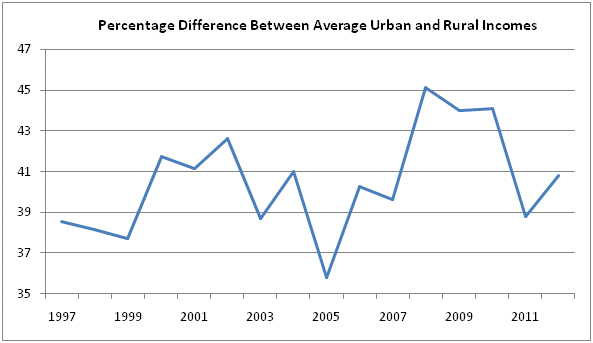In a recent report, the Persian daily Donya-e Eghtesad investigated how Tehran among other cities can benefit from the removal of sanctions. Not only will the city council be able to forge viable partnerships with city-planners of metropolises around the world, it will also be able to tap into foreign finance, the Financial Tribune’s sister newspaper explains.
Currently, the Municipality of Tehran depends for 50% of its budget on sales of various sorts of construction permits. Originating in the 1990s, the most financially successful of these has been the so-called “density permits”, according to which developers can defy regular height, density and location regulations. In other words, money flows into the Tehran Municipality vault so long as the real estate market is up and running.
Stagnation in this market over the past two years, plus the ever-rising needs of the growing capital have made city-planners look for alternatives. For this year’s budget, which is almost double the size of four years ago, officials added a provisional article, in which they estimated up to 41% of Tehran’s finance can be provided by international banks and investors. The removal of sanctions will thus not only blow wind in the real estate market and reinvigorate the sales of permits, but will also allow the municipality to rely on foreign banks for finance.
Will the capital city profit more than other cities in the years to come?
Experience from other developing countries shows that successful cities require indigenous and private capital accumulation centered on a potentially competitive industry. Based on the Turkish model, the government has large plans to turn some of Iran’s more historical towns into tourist hubs. However, so far there are no signs that these cities can produce the sort of regional independent business class that led to the rise of the so-called Anatolian Tigers – the group of cities in Turkey that posted strong growth and employment creation over the past 15 years.
Donya-e Eghtesad predicts that the opening up of Tehran’s economy will also attract foreign investment in “projects unrelated to trade,” like the industrial and some parts of the tertiary sectors. Rahmatollah Hafezi, a senior official at the Tehran City Council, stresses that foreign investment “will not mean more investment in the construction of malls and commercial complexes.” While many foreign delegations have shown much interest in investing in and around Tehran, it is to be seen how much other cities will profit.
Inequalities between the capital and the provincial cities are clear. This year’s Tehran budget is about $5.73 billion. In contrast, the second largest city in Iran, Tabriz, which is about three times smaller than Tehran demographically, has a budget this year of only $924 million– a sixth the size of the capital’s budget. While Tehran City Council looks forward to steam ahead with large projects, like the metro system, when its coffers are refilled, this will be much harder for other cities to follow suit.
Although not published in figures, it is common knowledge that average income in the capital is much higher than in the provinces. Inequalities between the city and rural areas are even more glaring (see graph).
It remains to be seen whether these trends will change after sanctions are lifted. Hafezi believes that the end of sanctions allows Iran to move on to a “balanced development path” but only if policymakers draw up and adhere to a well thought-out 10-year economic plan. In an interview with Donya-e Eghtesad, he stated that “so far development has been unbalanced and this has caused immigration from the countryside to the city.”
Another question is which social class will profit most from the end of sanctions? Data from the Statistical Center of Iran shows that Tehran was the second most unequal city in Iran in terms of household income in 2012 and 2013. While the top spot in the statistics has tended to fluctuate, Tehran has consistently been among the most polarized cities in the country.
However, it is unclear whether or not social inequality will worsen. For one, the Central Bank of Iran and the Statistical Center have reported conflicting trends for the past years of US and EU-imposed sanctions, with the former claiming worsening inequality and the latter denying it. Nevertheless, wages and demand have collapsed in Tehran and beyond due to heavy inflation, loss of jobs and currency depreciation. While the affluent northern Tehranis are sure to benefit from an end to sanctions, it is also likely to relieve pressure on households by steadily increasing purchasing power and employment creation.


